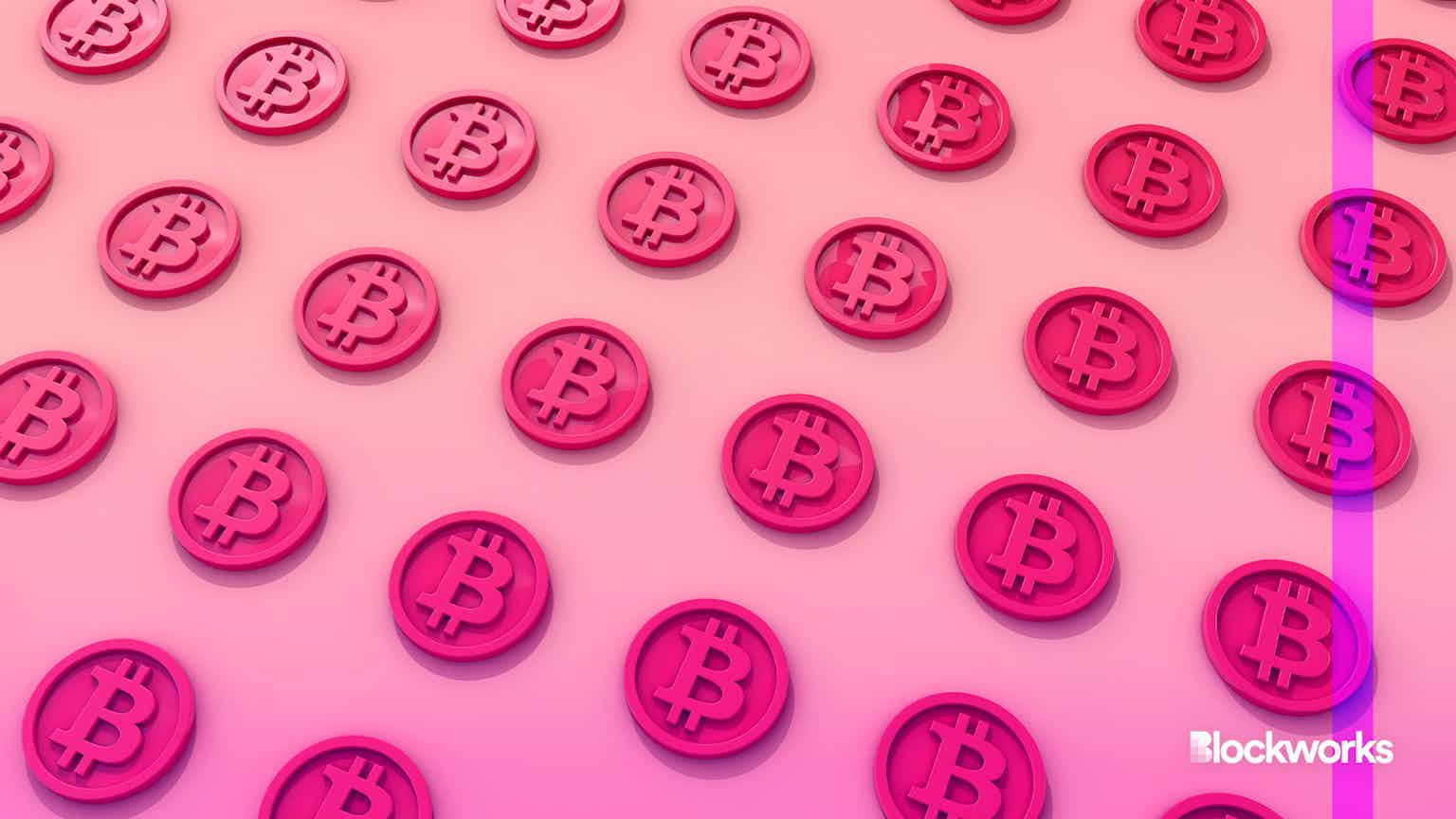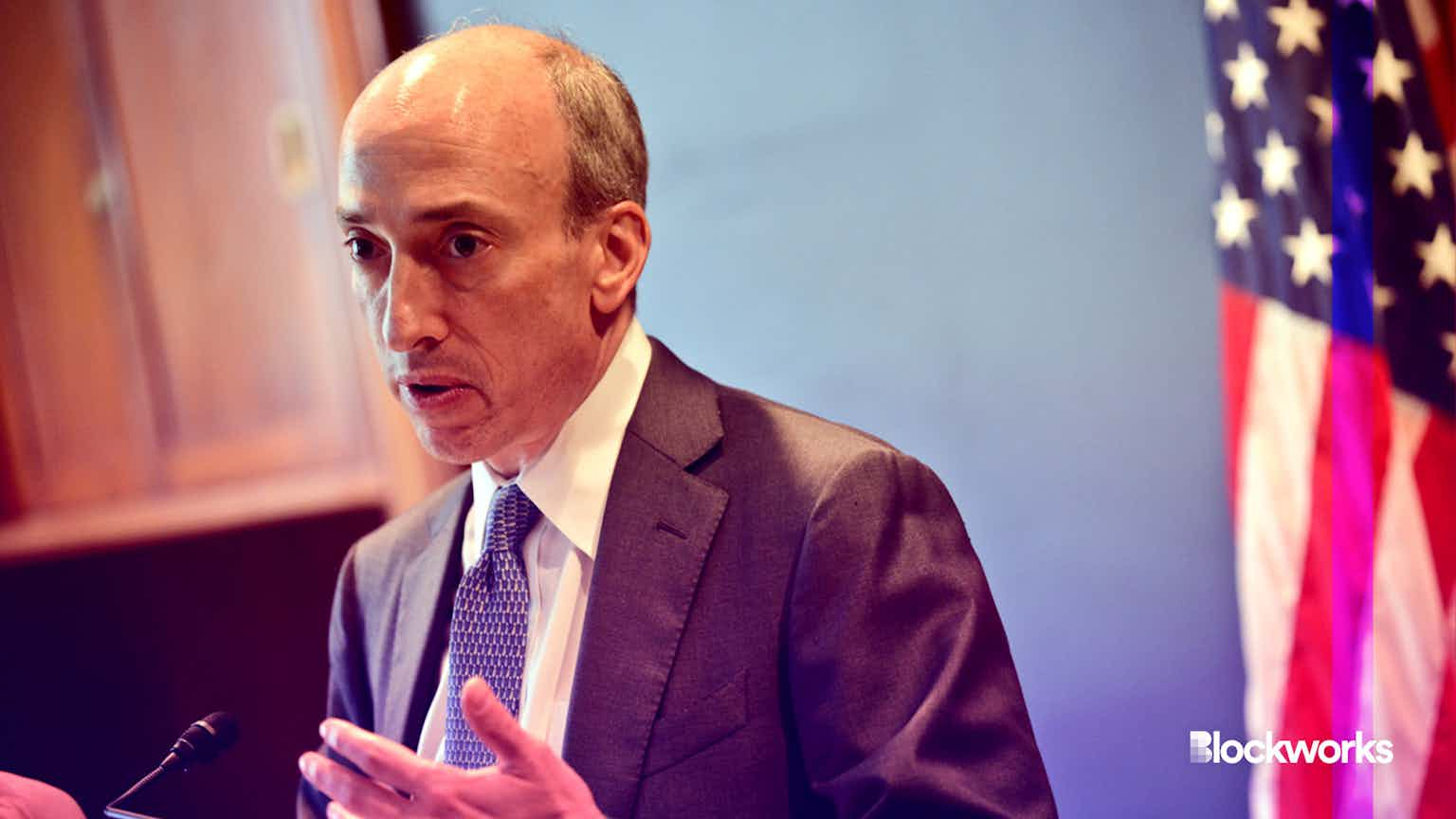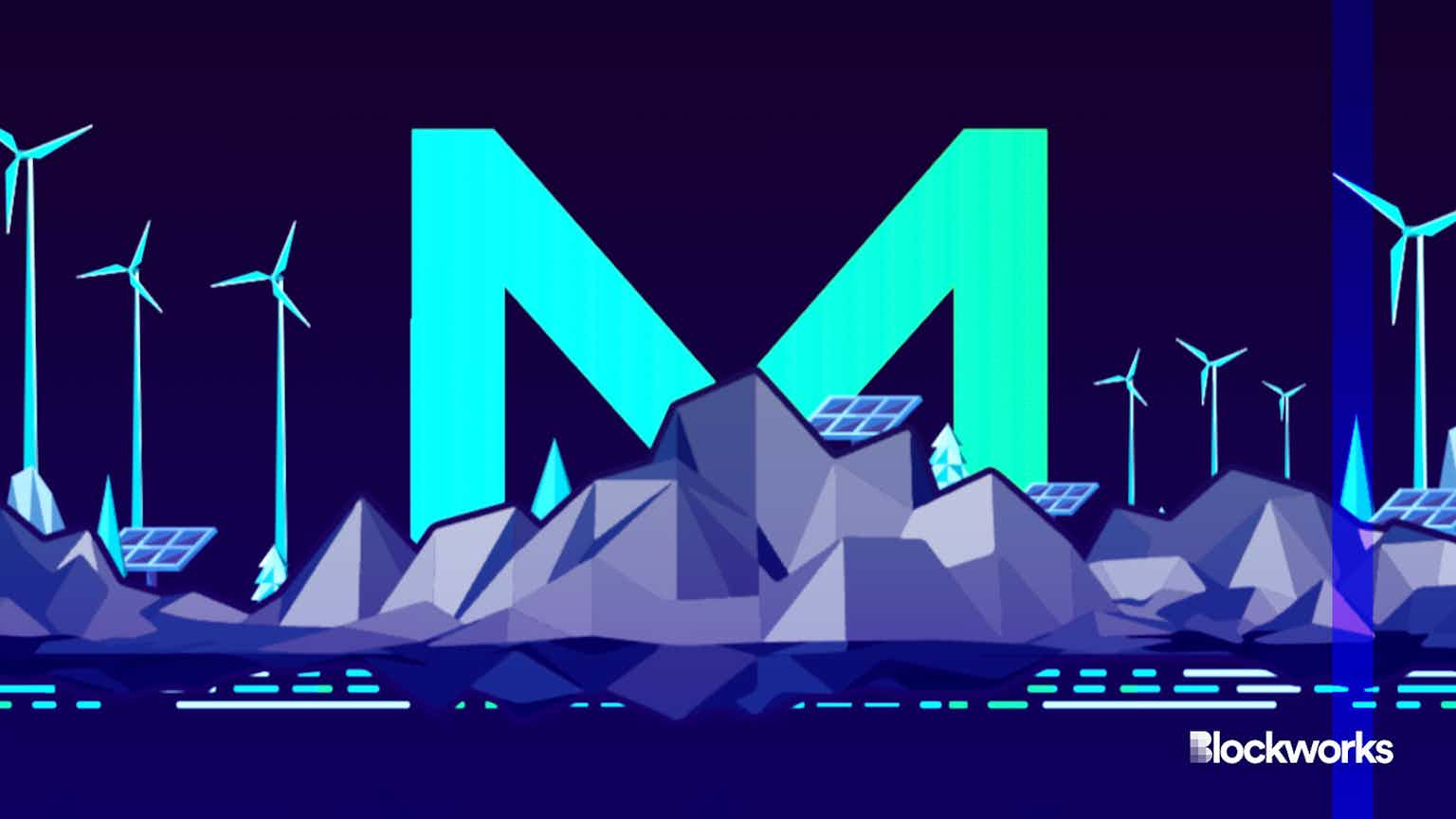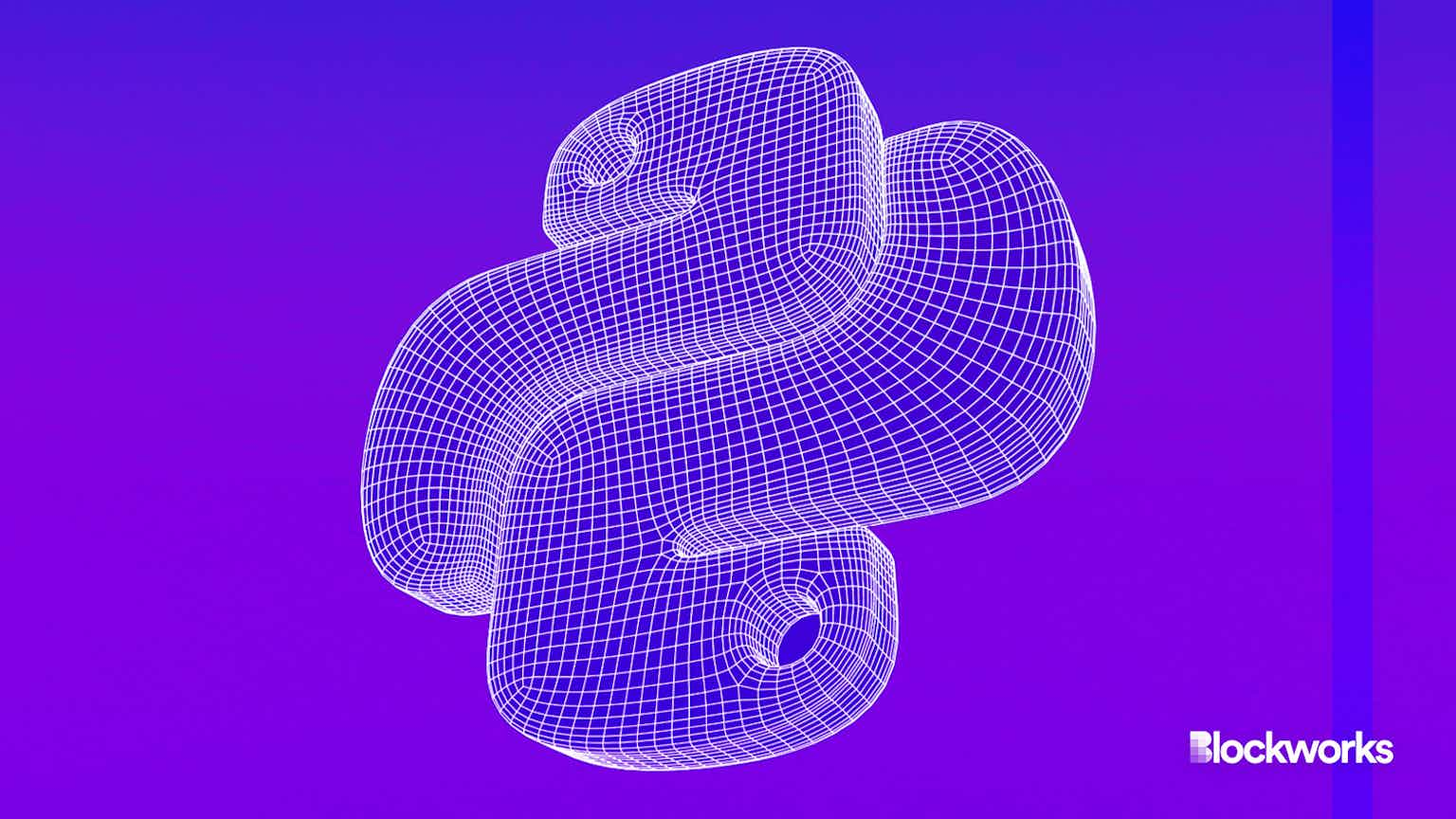Ethereum Merge a Factor in ETH’s Deflationary Turn
Rising NFT trading volumes have contributed a great deal to the switch, according to Blockworks Research
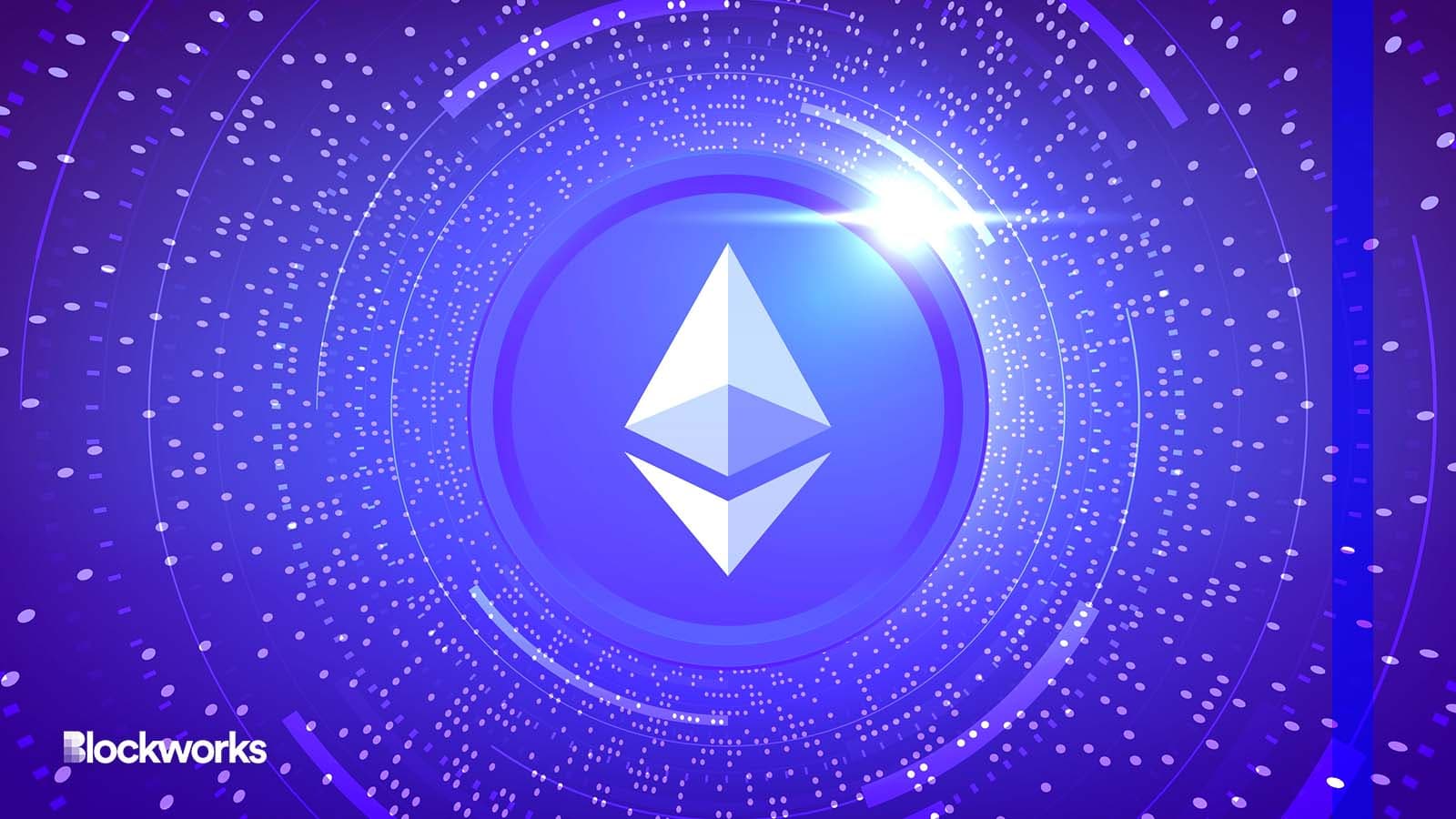
WindAwake/Shutterstock.com modified by Blockworks
Ethereum’s native token, ether, has turned deflationary. Again.
What’s driving the latest shift is a combination of factors, according to Blockworks Research analysts, previous reporting and crypto data providers. Among them:
- NFT trading volumes picking up steam since the start of 2023 after a period of depressed activity. The result has been rising gas fees, which power transactions on the Ethereum network. That increase, in turn, has triggered “subsequent base fee burn” for traders, Blockworks Research analysts said. (Base fees set a floor for gas and are burnt, or removed from circulation, to control the availability of ether on the market.)
- Lingering effects from the Merge, which transitioned the network from proof-of-work to proof-of-stake. A Blockworks Research report said the move was “undeniable” in terms of “the impact [proof-of-stake] has had on Ethereum’s supply.”
- Ethereum’s pending Shanghai upgrade, which is set to allow stakers that validate the blockchain’s transactions to withdraw their locked-up ether for the first time.
- Ramped-up volatility in terms of trading ether, which has an impact on the native token’s overall supply. And bullish headwinds to start the year for bitcoin, ether and additional cryptoassets.
Ether (ETH) was trading around $1,600 as of Tuesday afternoon in New York, holding relatively flat on the day. That’s significantly up from the start of the year, when ether was trading in the $1,200 range.
The cryptoasset — which has typically been inflationary — took a deflationary turn in November 2022 for the first time since the Merge. It previously had become deflationary in November 2021 and has flip-flopped at least three times this month.
“I strongly believe total ETH burn in the next cycle will be at least as great as the previous cycle,” said Dan Smith, a senior analyst with Blockworks Research.
Ethereum has about 18 times more TVL (total value locked) than most layer-2 blockchains, according to Smith, which are “barely even [layer-2s] in their current state.” Ether now has a peak burn rate of -2.8% compared to its last bull run, he said, based on an analysis of on-chain data from Oct. 26, 2022 to Jan. 24, 2023.
READ MORE: The effect of Ethereum’s “security budget” on its inflation status
NFT marketplaces OpenSea and Blur have burned more than 6,500 ETH over the past month, contributing significantly to the inflation versus deflation narrative, per Blockworks Research.
Added Smith: “While layer-2s showed continued innovation and adoption in 2022, they lack decentralization in their current state.”
Decentralizing elements such as sequencers or provers will come later in 2023 or 2024, developers say.
Start your day with top crypto insights from David Canellis and Katherine Ross. Subscribe to the Empire newsletter.

